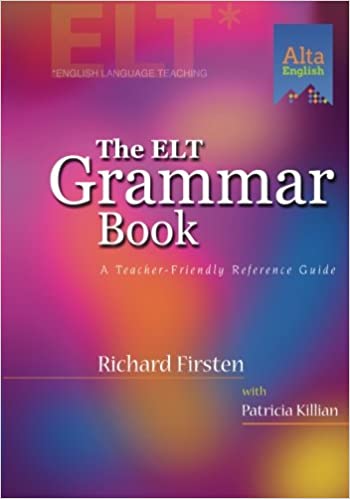A lot of my students ask me about the use of infinitives (verbs that come after the word “to”) versus the use of gerunds (verbs ending in “-ing”).
For instance, a student recently asked me what the difference was between the sentences “I like to swim” and “I like swimming.” There is indeed a difference between those two sentences and other similar pairs of sentences. In this post, we’ll look at the kinds of sentences that use gerunds and infinitives. Then we’ll look at the rules for using gerunds and infinitives in these sentences.
Sentences that Describe an Action
In many English sentences, a main verb is used to describe an action. Take the sentence “I like swimming,” which I mentioned in the first paragraph of this post. “Like” is the main verb, because it immediately follows the subject of the sentence “I.” “Swimming” is a verb too, but it’s not the main verb. It’s the action being described. In other words, “I like swimming” uses the verb “swimming” to describe an action that is “liked.” “I like to swim” also uses the main verb “like” to describe the action of swimming, but uses an infinitive instead of a gerund. So what’s the difference? Look at rules 1 through 3 below to find out.
Rules for Using Gerunds and Infinitives to Describe an Action
Rule 1) Use a gerund when the action that is being described takes place before the main verb.
Example:
She remembers eating ice cream yesterday.
Explanation: The main verb here is remember, because it is what she (the subject) is doing. The action being described by the main verb is eating. The action of eating happens before she can remember. Eating must happen first, because you have to do something before you can remember doing it.)
Rule 2) Use a gerund when the action that is being described takes place at the same time as the main verb.
Example:
She enjoyed eating ice cream yesterday.
Explanation: The main verb here is enjoyed. Again, it’s the main verb because it is what she, the subject, is doing in the sentence. This time, however, the main verb was done at the same time as eating ice cream, the action being described.
This makes sense. You enjoy doing something when you do it, not before or after you do it. You can’t enjoy eating ice cream if you haven’t eaten it yet, and you can’t enjoy ice cream if it has already been eaten.
Rule 3) Use an infinitive when the action being described happens after the main verb.
Example: She likes to eat ice cream, so she’ll come to the ice cream shop with us.
Explanation: In the first clause in this sentence, likes is the main verb, while to eat is the action being described. Note that the second tense uses will come, a future tense verb, to describe a future trip to the ice cream shop. But she likes eating ice cream right now (and probably always likes eating ice cream, since the sentence is describing a preference).
In short, the main verb likes is happening in the present, but the described action to eat will happen in the future, after the main verb. Specifically, it will happen during a future trip to an ice cream shop.
Hopefully this helps you understand gerunds and infinitives a little better. Let me give a few more examples. Suppose you like watching movies. You would say “I like watching movies” if you are watching movies right now, or if you are fondly remembering movies you have enjoyed watching in the past.
If instead you want to imply that you are looking forward to watching movies in the future, you can say “I like to watch movies.” However, saying “I like to watch movies right now,” or “I like to watch movies last week” is incorrect grammar, and would not make sense to a native English speaker.





